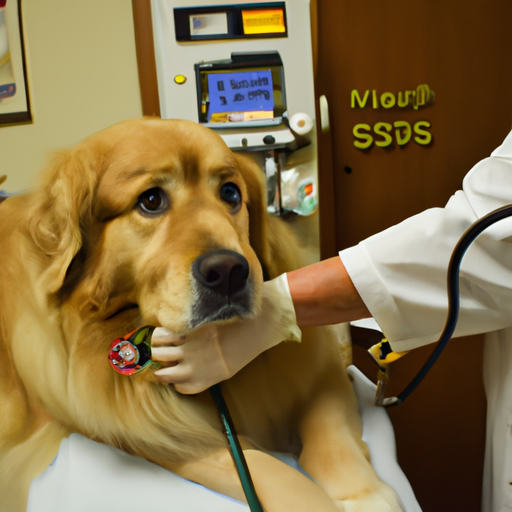As a dedicated caregiver, you often find yourself asking, “how do I take my dog’s blood pressure?” This article will guide you through the process, with practical advice, a step-by-step guide, and a handy FAQ section at the end.
Understanding Your Dog’s Blood Pressure
You might be familiar with the concept of blood pressure in humans, but what about dogs? In essence, it’s the same – a measure of the force that your dog’s blood exerts on the walls of their arteries. High blood pressure, or hypertension, can lead to serious health issues, such as kidney disease or blindness. Therefore, it’s crucial to monitor your dog’s blood pressure regularly, especially if they are older or have certain medical conditions.
When to Monitor Your Dog’s Blood Pressure
There are several instances when you might need to monitor your dog’s blood pressure:
- Your vet has diagnosed your dog with hypertension.
- Your dog has a condition that could lead to hypertension, such as kidney disease, diabetes, or heart disease.
- Your dog is undergoing anesthesia – vets often monitor blood pressure to ensure the dog’s safety during surgery.
How to Take Your Dog’s Blood Pressure
Now, let’s delve into the process of measuring your dog’s blood pressure. Here is a step-by-step guide:
- Choose the right equipment: You can use either a Doppler or an oscillometric device. Your vet can recommend the best option for your dog and your circumstances.
- Find a quiet, calm environment: Stress can elevate blood pressure, so ensure your dog is relaxed and comfortable.
- Position your dog correctly: The dog should be either standing or laying on their side.
- Place the cuff: This should go on the dog’s leg or tail.
- Take the reading: Follow the instructions on your device to get the reading.
Interpreting the Results
| Normal Range | Elevated | Hypertension |
|---|---|---|
| 113-150 mmHg | 151-159 mmHg | 160+ mmHg |
The above table gives you a rough idea of what your dog’s blood pressure reading means. However, remember that these are general guidelines and individual dogs may vary. Always consult with your vet for accurate interpretations.
Managing Your Dog’s Blood Pressure
If your dog has hypertension, don’t despair. There are several steps you can take to help manage their blood pressure:
- Medication: Your vet might prescribe medication to help lower your dog’s blood pressure.
- Diet: A low-sodium diet can help manage hypertension.
- Exercise: Regular, gentle exercise can also help keep blood pressure in check.
FAQs
1. How often should I check my dog’s blood pressure?
If your dog has hypertension or a condition that could lead to it, you should check their blood pressure regularly. Your vet can advise on the exact frequency.
2. Can I check my dog’s blood pressure at home?
Yes, with the right equipment and training, you can monitor your dog’s blood pressure at home.
3. What should I do if my dog’s blood pressure is high?
Consult your vet immediately. They can provide advice and treatment options. Remember, high blood pressure can be a symptom of a serious underlying condition.
In conclusion, understanding and monitoring your dog’s blood pressure can be a vital part of their healthcare. It’s not always easy, but with the right knowledge and tools, you can do it. And remember, you’re not alone – your vet is there to help you every step of the way.



